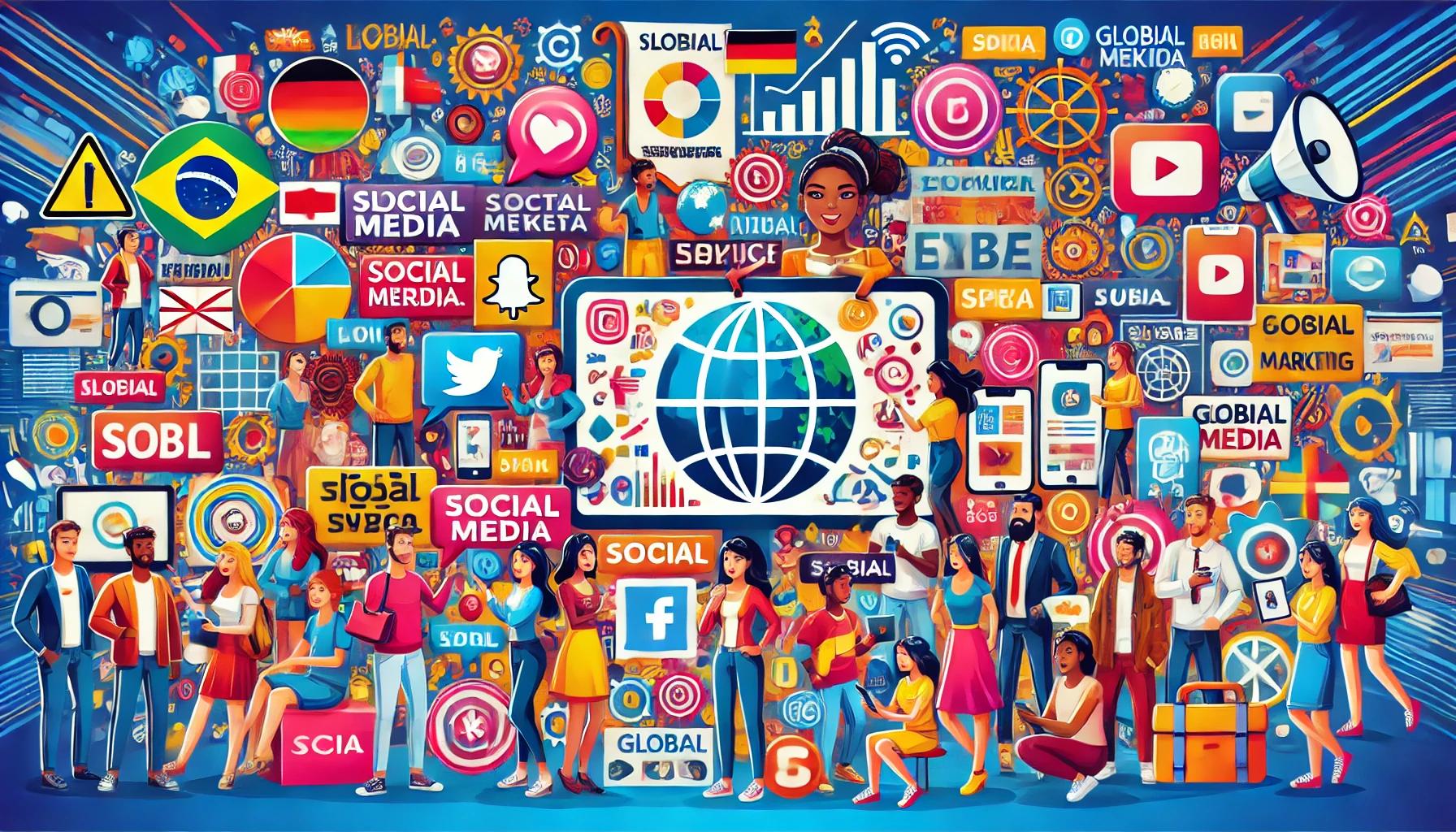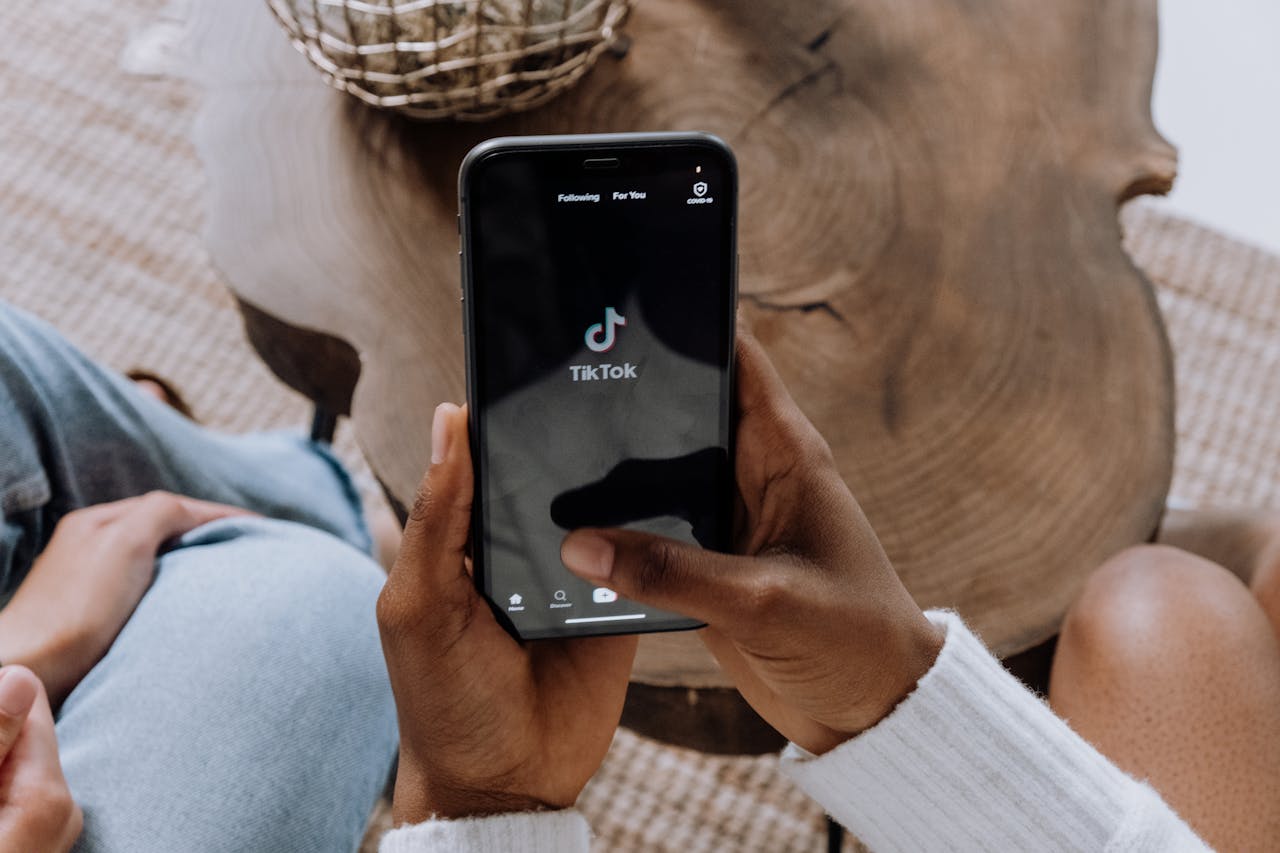Rebuilding Brand Trust After A Crisis: Key Steps
Rebuilding trust after a crisis is one of the most challenging tasks a business can face. Whether the issue stems from a product failure, a public relations misstep, or an ethical controversy, the damage to a brand’s reputation can be significant. Customers, stakeholders, and employees may all feel betrayed, making it difficult to regain their confidence. However, with a structured approach focused on transparency, communication, and meaningful change, businesses can recover and even emerge stronger. This guide outlines key steps to restoring trust and rebuilding a brand’s reputation through crisis management and PR.
The first step in repairing a damaged reputation is acknowledging the issue. Ignoring or downplaying a crisis can worsen public perception and erode trust further. Customers and stakeholders expect businesses to take responsibility and address concerns directly.
Rebuilding trust after a crisis is one of the most challenging tasks a business...
The Strategic Power of Branded Podcasts in Modern PR
Audio storytelling has taken center stage in public relations, with branded podcasts becoming a cornerstone of strategic communications. PR professionals now recognize podcasting’s unique ability to build authentic connections with audiences while delivering measurable business results. A BBC study found that branded podcasts drive 89% higher awareness, 57% higher brand consideration, and 24% higher brand recall compared to traditional advertising. This shift represents more than just a trend—it’s a fundamental change in how organizations communicate their stories and values.
The intimate nature of podcast listening creates unique opportunities for brands to develop deeper relationships with their audiences. Unlike traditional media channels, podcasts allow for nuanced storytelling that resonates on both emotional and intellectual levels. Listeners often consume podcast content during personal moments—while commuting, exercising, or relaxing at home—creating an environment conducive to meaningful engagement.
Audio storytelling has taken center stage in public relations, with branded...
Mastering Hybrid Events: A Strategic Guide for PR Teams
The rise of hybrid events has fundamentally changed how PR teams connect with audiences. Physical gatherings now extend far beyond venue walls, reaching global audiences through carefully orchestrated digital experiences. This shift demands new skills, tools, and strategies from PR professionals who must create meaningful connections across both physical and virtual spaces. The most successful hybrid events now combine the energy of in-person interaction with the reach and accessibility of digital platforms, creating rich experiences that serve diverse audience needs.
The key to successful hybrid events lies in treating both in-person and virtual audiences as equal participants. Leading organizations achieve this through strategic use of interactive tools that bridge the physical-digital divide. Live polling, real-time Q&A sessions, and moderated chat rooms create natural touchpoints for interaction between all attendees.
The rise of hybrid events has fundamentally changed how PR teams connect with...
Creating Transparent and Credible Sustainability Campaigns: A Comprehensive Guide
Sustainability claims face increasing scrutiny from consumers, regulators, and stakeholders. Recent studies show that 72% of consumers actively seek products from companies committed to environmental sustainability, while 44% distrust corporate environmental claims. This growing awareness, combined with stricter regulations and potential legal consequences for misleading claims, makes it essential for companies to develop authentic, transparent sustainability communications. Organizations must move beyond surface-level environmental statements to create meaningful campaigns backed by concrete actions and verifiable data.
Transparent sustainability communication starts with a solid foundation of authentic environmental actions and measurable results. According to the Global Reporting Initiative (GRI), companies should base their sustainability messaging on specific, quantifiable metrics rather than vague statements. This approach requires organizations to track and report their environmental impact across various areas, including carbon emissions, water usage, waste management, and supply chain practices.
Sustainability claims face increasing scrutiny from consumers, regulators, and...
Building Brand Trust in the Age of Misinformation
False narratives spread at lightning speed across social media platforms, reaching millions before facts catch up. Recent data shows that 63% of U.S. company leaders report misinformation directly impacting their corporate reputation, with financial consequences following close behind. The rise of AI-generated content has added another layer of complexity, making it harder than ever to separate fact from fiction. For brands, the stakes couldn’t be higher – consumer trust, once lost to viral falsehoods, proves difficult to rebuild.
The threat matrix facing brands has expanded dramatically. Beyond traditional media mishaps, companies now contend with deep fakes, manipulated images, and coordinated disinformation campaigns. Target recently faced this reality head-on when AI-generated images falsely depicted a “Satanic-themed” children’s collection, triggering a wave of consumer backlash despite being completely fabricated.
False narratives spread at lightning speed across social media platforms,...
Building a Powerful PR Strategy for Startups: A No-Budget Guide
Small companies and startups face intense competition for attention in today’s crowded marketplace. Many founders believe they need deep pockets to make an impact through public relations, but the reality tells a different story. Smart, strategic PR doesn’t require a massive budget – it demands creativity, relationship-building, and consistent execution. By focusing on high-impact tactics and leveraging free and low-cost tools, startups can build meaningful media relationships and gain valuable coverage that drives business growth.
The foundation of effective PR starts with defining specific, measurable objectives. Rather than pursuing general “brand awareness,” successful startups identify concrete targets like securing coverage in three industry publications per quarter or building relationships with five key journalists in their space.
Small companies and startups face intense competition for attention in today's...
Creating Culturally Sensitive PR Campaigns for Global Success
Public relations professionals face unique challenges when developing campaigns for international audiences. Recent studies show that 75% of global marketing campaigns fail to meet their objectives due to cultural misalignment. The stakes are particularly high – a single cultural misstep can damage brand reputation and trust that took years to build. Yet when done right, culturally sensitive PR campaigns create lasting connections with diverse audiences and drive meaningful business results across borders.
Cultural context shapes every aspect of how audiences receive and interpret messages. Research by McKinsey shows that 78% of consumers are more likely to purchase from brands that demonstrate cultural understanding. This goes far beyond surface-level translation – it requires deep knowledge of local customs, values, and communication styles.
Public relations professionals face unique challenges when developing campaigns...
TikTok’s Role in Modern PR: Creating Viral Content That Builds Brand Value
The social media landscape has fundamentally shifted how brands connect with their audiences, and TikTok stands at the forefront of this change. With over 1 billion monthly active users and an average engagement rate of 17.5% – far surpassing Instagram’s 3.8% – TikTok has proven itself as a powerhouse for reaching and resonating with audiences. PR professionals who master TikTok’s unique blend of authenticity, creativity, and rapid content creation gain direct access to journalists, influencers, and consumers alike. The platform’s algorithm rewards genuine, engaging content over polished corporate messaging, making it an ideal channel for brands looking to build trust and credibility in today’s digital-first world.
PR professionals can use TikTok to catch journalists’ attention through creative storytelling. CNN anchor Max Foster’s successful TikTok presence shows how media professionals actively use the platform to connect with audiences. By creating behind-the-scenes content, sharing industry insights, and participating in relevant conversations, PR teams can build relationships with journalists who are increasingly turning to TikTok for story ideas and sources.
The social media landscape has fundamentally shifted how brands connect with...










